Dickinson, 21, made his NHL debut on December 8th and has 14 points (4G / 10A) in 19 games with Texas this season. Expect him to draw into the lineup on Tuesday with Antoine Roussel on IR.

Dickinson, 21, made his NHL debut on December 8th and has 14 points (4G / 10A) in 19 games with Texas this season. Expect him to draw into the lineup on Tuesday with Antoine Roussel on IR.

Prout had two assists in seven games with Cleveland during his conditioning stint. He returns to the Blue Jackets, where he will likely serve as an extra defenseman.
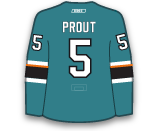
Andrighetto, 23, has two assists in eight games with the Canadiens this season and 22 points (8G / 14A) in 19 AHL contests. Andrighetto is not expected to be in the lineup on Friday though.
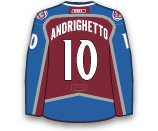
The Canadiens have recalled Hanley because Alexei Emelin’s wife is expecting, so Hanley is expected to replace him in the lineup vs. the Wild. Hanley has no points in five games with Montreal.

With Marian Hossa (upper-body) not playing on Friday, Kero has been recalled and will make his season debut. The 24-year-old forward has seven goals and 13 assists (20 points) in 28 games with Rockford this season.

Megan, 26, was a fifth round pick (No.138 overall) in 2009 and tonight will be his NHL debut. Megan has picked up 13 goals and 11 assists (24 points) in 28 games with Chicago (AHL) this season. He is expected to centre the Blues’ third line with Robby Fabbri and Dmitrij Jaskin on his wings.
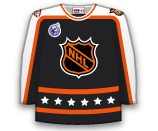
Roberto Luongo is dealing with an undisclosed injury, so McKenna has been recalled to serve as James Reimer's backup on Thursday. The 33-year-old has gone 4-6-0 with a 3.10 GAA and .894 SV% in 13 AHL games.
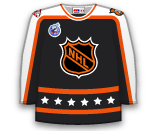
Froese, 25, has scored 12 goals and five assists (17 points) in 26 games with the Marlies. Froese appeared in 56 games with he Maple Leafs last season and he is expected to make his season debut tonight vs. the Avalanche.

Leighton played OK when he was called upon during Eddie Lack’s 14-game absence with a concussion. With Lack activated from IR yesterday, Leighton returns to the AHL, where he has gone 7-2-0 with a 1.80 GAA and .933 SV% in 12 games.
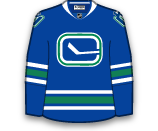
Bournival, 24, has no points in three games with the Lightning, but has collected 13 points (5G / 8A) in 24 games with Syracuse this season. His recall suggests the Lightning may have someone banged up and questionable for Thursday’s game.
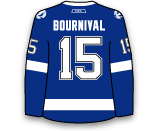
Jimmy Howard was hurt in the Red Wings’ loss in Tampa Bay last night, so Coreau has been recalled to serve as their No.2 netminder. Howard’s injury appeared to be serious, so Coreau could be up long-term. Coreau made his NHL debut on December 3rd, he allowed four goals on 36 shots in a loss in Pittsburgh. The 6-foot-6 netminder has gone 11-6-0 with a 2.18 GAA and .924 SV% in 17 games with the Griffins.
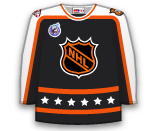
The Lightning’s forward group is banged up, so Richard has been recalled and could make his NHL debut on Tuesday. The 23-year-old, former third round pick (71st overall in 2012) has picked up seven goals and 10 assists (17 points) in 22 games with the Crunch this season.
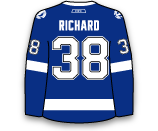
Andrew Hammond was hurt in Sunday’s game in Brooklyn so O’Connor has been recalled presumably to serve as Mike Condon’s backup in Chicago. The 24-year-old has gone 7-9-0 with a 2.78 GAA and .898 SV% in 17 games with Binghamton (AHL).

Enroth served as Frederik Andersen’s backup or the last two games while Antoine Bibeau was in the AHL getting some game action. They have swapped places so Enroth returns to the Marlies, where he is 1-0-0 with an .889 SV%.
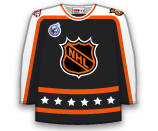
Bibeau went back to the Marlies for a few days to get a couple of starts, but is back with the Maple Leafs and is expected to start one of the Maple Leafs’ back-to-back games on Thursday and Friday.

Martin served as Calvin Pickard’s backup for three games while Semyon Varlamov was sidelined with a groin injury. With Varlamov back on Tuesday, Martin returns to San Antonio, where he has gone 11-7-0 with a 2.31 GAA and .924 SV%.

Pardy made his Predators debut on December 8th, but has spent the majority of the year in Milwaukee, where he has collected seven points (2G / 5A) in 16 games. Pardy has been recalled to serve as the Predators’ seventh defenseman on their road-trip because P.K. Subban did not travel with the team due to an upper-body injury.
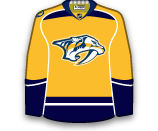
Cannone has picked up four goals and 12 assists (16 points) in 29 games with Iowa this season. The 30 year has earned an NHL call-up after spending the last five years in the AHL. Cannone is expected to make his NHL debut on Tuesday with Erik Haula injured.

Weise has scored just two goals with two assists in 29 games this season and tonight he will be scratched and Boyd Gordon will get back into the lineup.
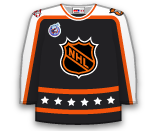
Vatrano was on a conditioning stint with Providence over the weekend and scored a goal in both games. Vatrano had been sidelined with torn ligaments in his foot that he suffered in the preseason. The 22-year-old has eight goals and three assists (11 points) in 39 career NHL games (all in 2015-16). Expect him to be in the lineup on Tuesday.
